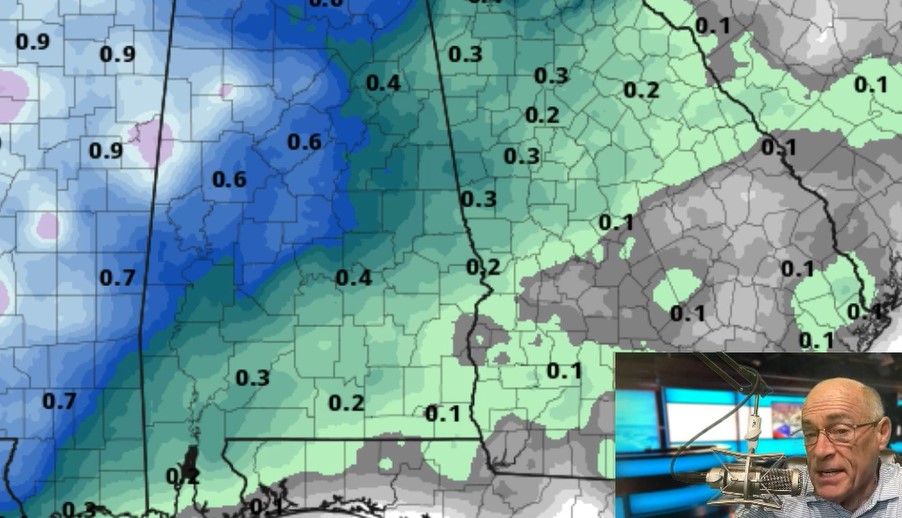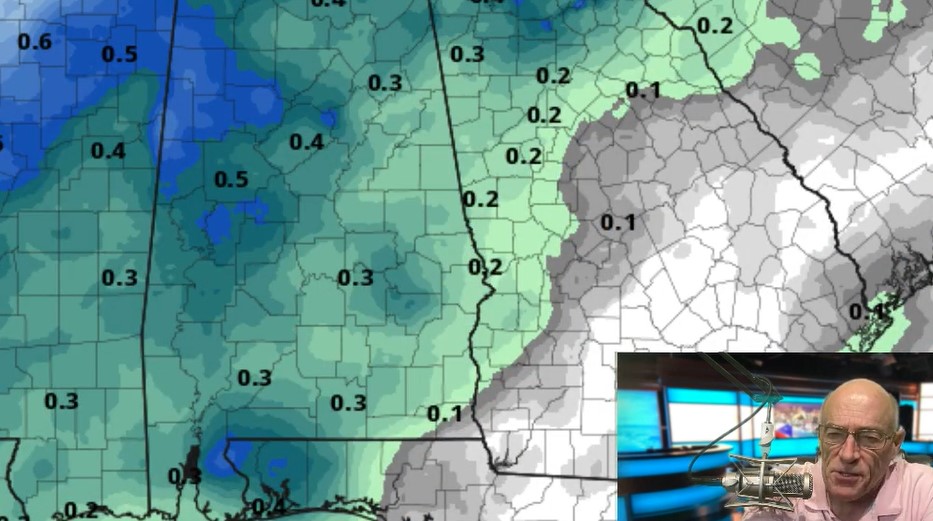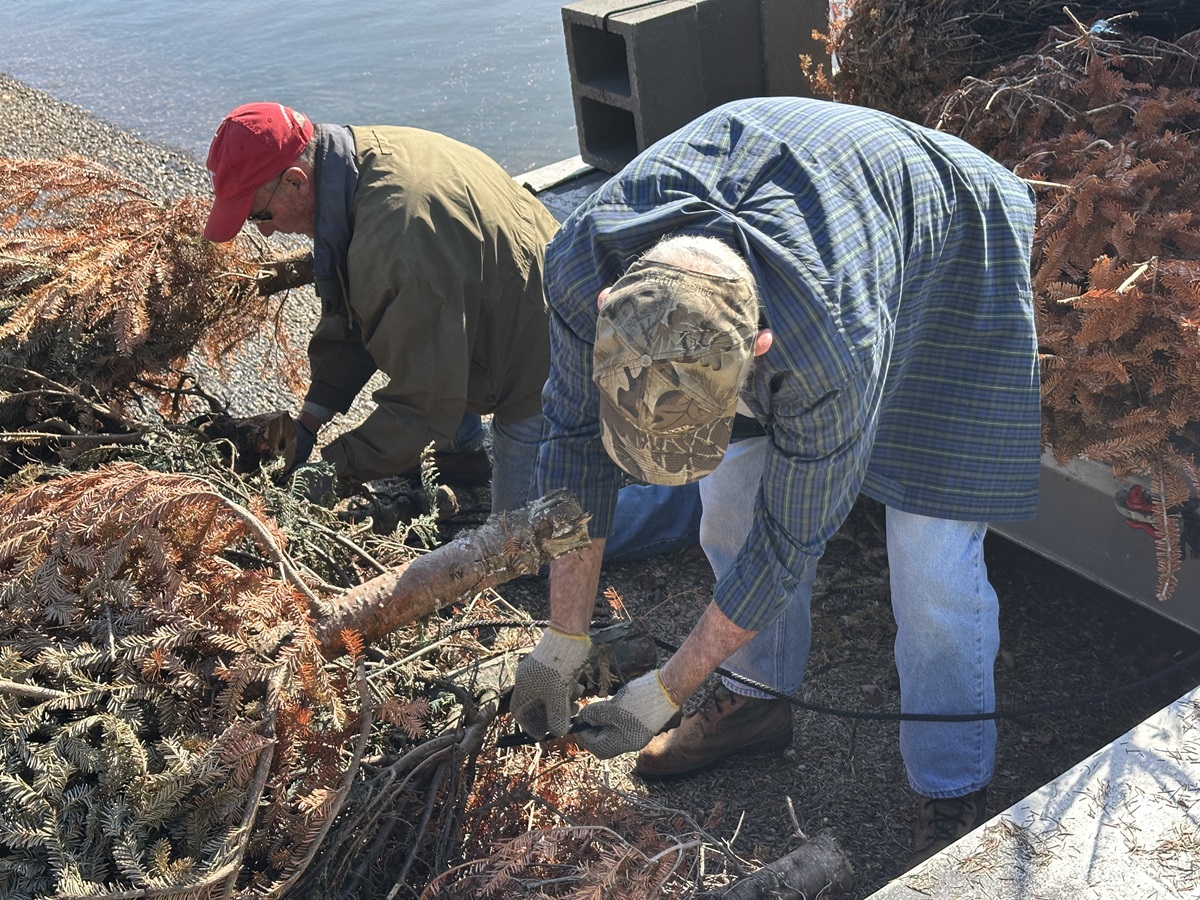Deer hunting in Alabama brings in big bucks, lots of doe

Becky Carlee shows off a trophy deer killed in Greene County. (Alabama Black Belt Adventures)
Today’s deer hunters don’t understand that times weren’t always so good for their sport, said Chuck Sykes, director of the Alabama Division of Wildlife and Freshwater Fisheries.
“They have no clue,” Sykes said. “Unless you are in your late 50s, you don’t understand that there weren’t always deer in Alabama.”
When gun deer season opens throughout the state Saturday, Nov. 18, more than 150,000 hunters will take to the woods in an annual autumn ritual. They enjoy a resource that was once almost extinguished and pump millions of dollars into the state’s economy, particularly in rural areas.
In the early 20th century, habitat loss and unregulated hunting had reduced Alabama’s deer population to a remnant of little more than 5,000 animals living in the Tombigbee and Alabama River bottoms in the southern half of the state. Today, Sykes conservatively estimates the deer population at more than 1 million animals, and some estimate that it runs as high as 1.6 million. There are deer in all 67 Alabama counties.
The state’s deer herd didn’t get there on its own, and it didn’t get there overnight. State conservation officials campaigned throughout Alabama to win support among the state’s hunters for sensible conservation measures. They won over hunters who abided by a generous but reasonable season and abstained from shooting anything but bucks.
The population grew throughout the 20th century and most wildlife biologists agree that further growth runs the risk of overpopulation. Conservation regulations have shifted from growing the state’s deer population to maintaining it, obtaining the proper balance between bucks and does and improving its age structure.
Deer hunting in Alabama from Alabama NewsCenter on Vimeo.
Game Check
Many hunters take today’s bounty for granted.
“They don’t realize the effort the state and private landowners went through in the ’20s, ’30s, ’40s and ’50s” to rebuild the population, he said.
As a result, some hunters are resistant to new approaches to deer management like the state’s Game Check program, a mandatory system that requires hunters to report every deer killed. Last year, hunters reported only 84,000 deer through the Game Check system. State officials estimate the total deer harvest was somewhere around 235,000, which put compliance with Game Check at only about 35 percent.
“They want better resources but they don’t want you to tell them what to do on their land,” Sykes said. “Granddaddy didn’t do it and Daddy didn’t do, so I don’t think I should have to do it.”
Sykes and other conservation officials do what they can to impress on hunters the importance of complying with the new law. On Oct. 24, Sykes spoke at the Tuscaloosa Civitan Club’s 36th annual Hunting and Fishing Laws Update on a variety of deer hunting topics, including the results of Game Check’s first year as a mandatory program, deer diseases and a new program on some of the state’s wildlife management areas. He used it as an opportunity to push the smartphone app hunters can use to report the deer they kill.
“It’s simple and painless,” he said. “It takes about 45 seconds.”
Game Check’s purpose is to provide a source for data to help manage the state’s deer population. Some hunters see it as an intrusion into their privacy. Trained as a wildlife biologist, Sykes said that data is essential if the state is to properly manage the resource.
“I want to have the best information I can possibly have,” Sykes said.
A $1.3 billion pastime
Managing natural resources properly is important because hunting and fishing are a $2.6 billion industry in Alabama. Hunting accounts for $1.8 billion of that, and $1.3 billion can be attributed to deer hunting alone. Hunting generates $155 million in state and local taxes as well.
The sport’s impact has grown over the years, Sykes said.
“When we were kids, you could go to a timber company and they would give you a permit to hunt on their land,” Sykes said. “Now you pay $20 to $30 per acre to lease that land. It’s a business now. People are taking advantage of the natural resource we are trying to manage.”
Last year, the state sold more than 167,000 all-game hunting licenses and about 90 percent of those were to people who deer hunt. Despite the growth in the deer population, the number of licensed hunters has been declining. And they are getting older, with an average age of 55.
That’s a big concern for Sykes’ department, which includes the wildlife biologists who help formulate plans for managing the state’s wildlife resources and conservation officers who enforce game laws and regulations. It is entirely funded by revenue from license sales and its share of federal dollars from excise taxes manufacturers pay on firearms, ammunition, fishing tackle, archery equipment and other hunting and fishing equipment.
“We receive no (state) General Fund tax dollars,” Sykes said. “The only way we provide services to people is if people buy licenses. If nobody buys licenses, we can’t put people into the field.”
The value of information
License sales also determine how much money the state gets in federal excise taxes. The federal government bases each state’s share of the excise tax money on the amount of money the state brings in from license sales.
The Game Check program is important in helping to determine how best to use that money. The system allows state biologists to know how many people hunt, where they hunt and where they kill deer.
“There are only two states that don’t have a reporting system,” Sykes said. “We’re not inventing the wheel.”
That helps the biologists determine how to manage different areas of the state.
“What we do in Choctaw County we don’t necessarily do in Cullman County,” Sykes said.
Sykes hopes hunters eventually will understand how important data collection and scientific management are. Without proper management, deer numbers could dwindle again.
“I don’t want hunters to forget where they came from,” Sykes said.









